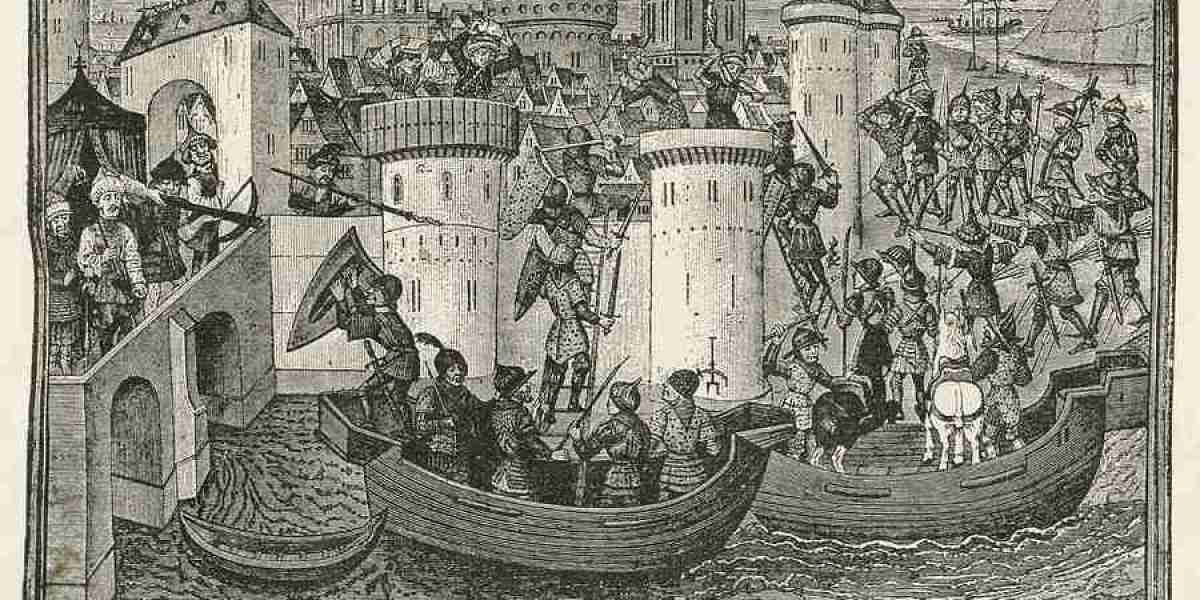Awalludin Ramlee
421 Articles/Blog posts 🔥

In the year 1453, the Ottoman Sultan, Mehmed II, set his sights on capturing Constantinople, a city that had withstood numerous sieges throughout its history. But this time, Mehmed II possessed a superpower mindset, combining military prowess, strategic cunning, and a relentless determinat
